
Acne Scars
Acne scars can be divided broadly into 2 main groups; those that sink in (atrophic) or those that pop out (hypertrophic). Atrophic acne scars can be further subdivided into 3 main groups depending on their appearance.

Acne scars can be divided broadly into 2 main groups; those that sink in (atrophic) or those that pop out (hypertrophic). Atrophic acne scars can be further subdivided into 3 main groups depending on their appearance.

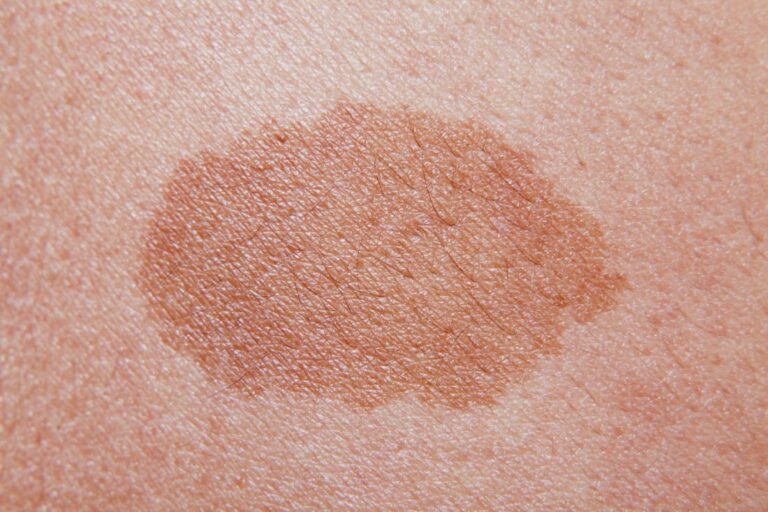
It looks like a pinkish-red patch at birth and will not go away. The birthmark will darken and become thicker as the child grows. Laser treatment during infancy and early childhood gives the best results.
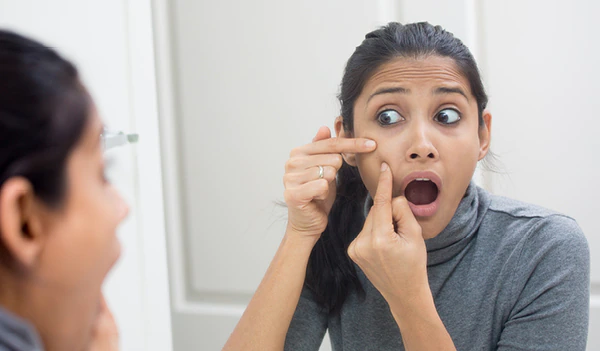
What are some common causes of facial bumps? Milia are tiny small cysts under the skin. They appear as white to skin-coloured bumps that commonly occur on the face. Milia occur as a result of keratin build-up. They can appear in both adults and children.

Some common causes of facial redness are rosacea, spider veins or telangiectasiae and red scars left after acne or injury. Facial redness due to these reasons can be effectively treated with laser.
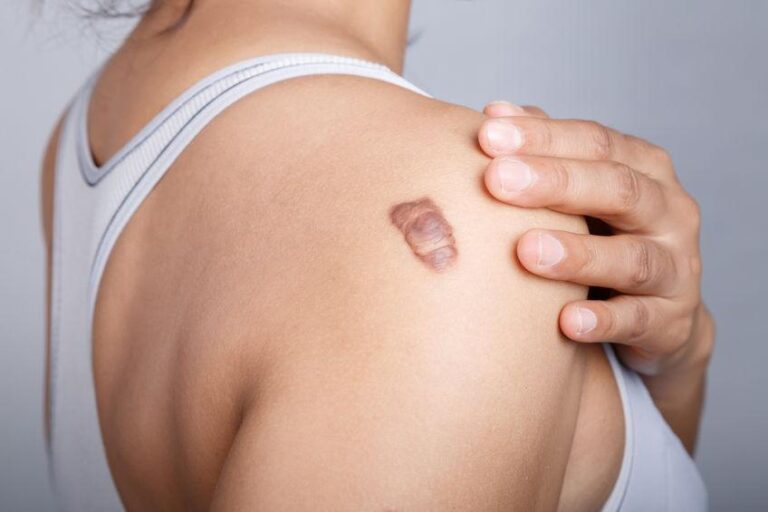
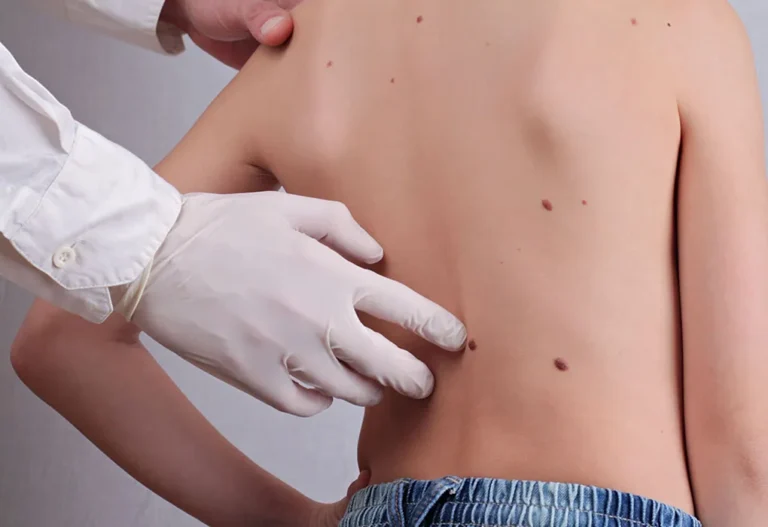
Why do we need to remove moles?
Sometimes, your dermatologist may advise a mole to be removed and examined microscopically if it appears abnormal. Mole removal can also be for ‘cosmetic’ reasons. In these cases, moles which are benign and harmless are removed for non-medical reasons.

These are light brown small flat spots that appear on areas of sun exposed skin such as the cheeks and nose. Freckles may lighten with reduced sun exposure and with use of broad spectrum sunscreen.

All types of scars can be treated and improved. Some types of scars that are commonly treated include acne scars, traumatic scars, chickenpox scars, burn scars and post-surgical scars. Your dermatologist will propose the best treatment plan after a detailed consultation and examination.
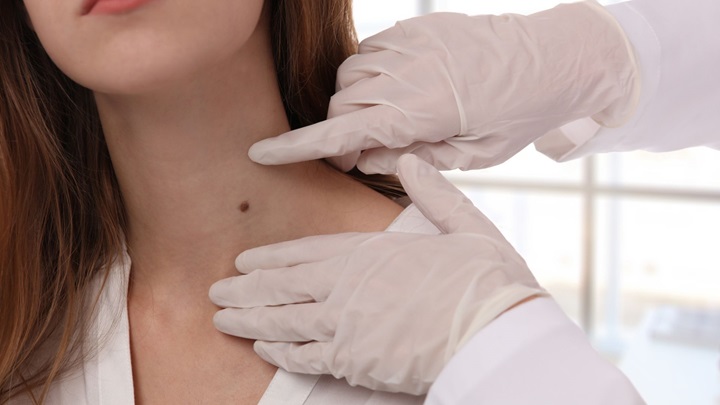

‘Spider veins’ are blood vessels found in the skin. These vessels are enlarged, causing them to be visible as web-like red lines that look like broken blood vessels. ‘Spider veins’ appear most commonly on the face and legs, but can occur on any part of the body. ‘Spider veins’ can be treated by a dermatologist with laser or sclerotherapy.

Tattoos can be removed by pigment laser. Picosecond lasers are a new generation of pigment lasers that can lighten or remove tattoos effectively. Different colours like black, red, green and blue can be removed by using different wavelengths of the laser.
© 2025 About Dermatology Pte Ltd. All rights reserved.